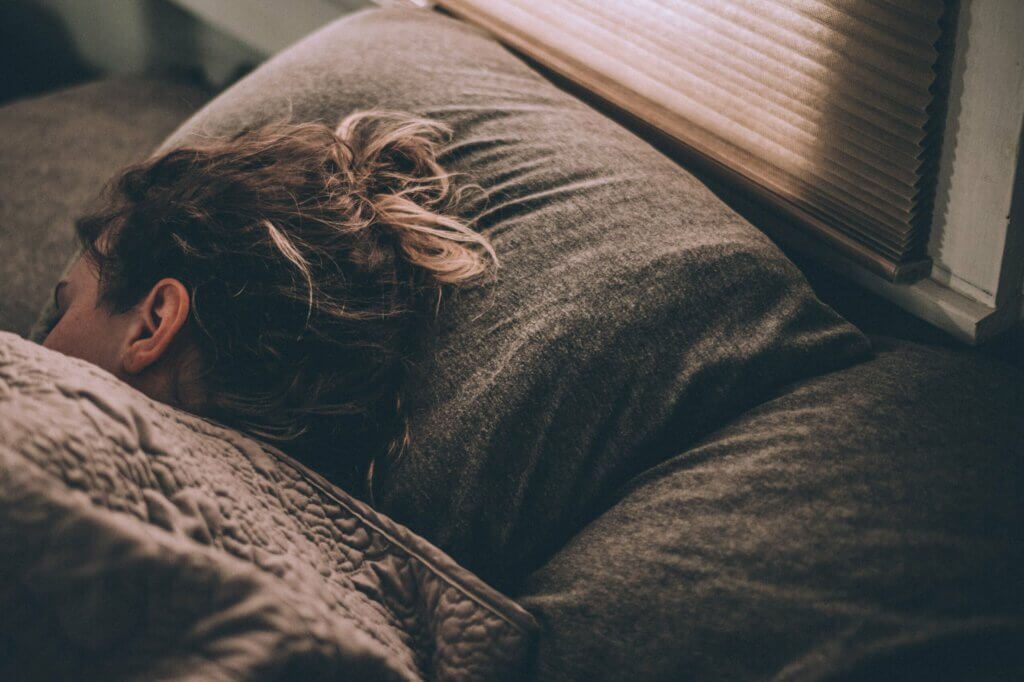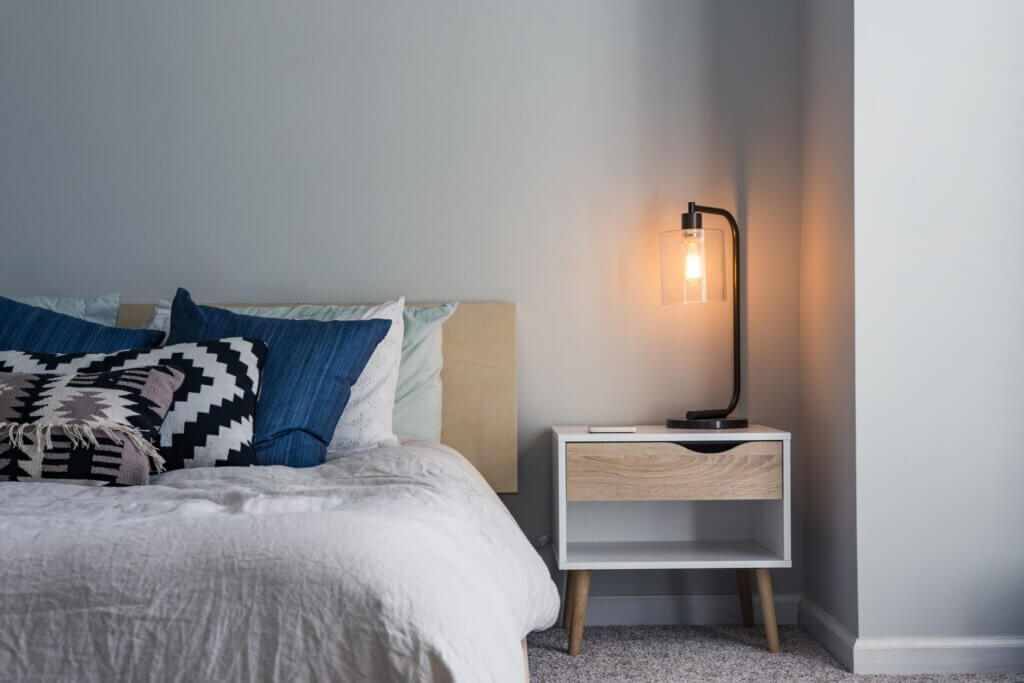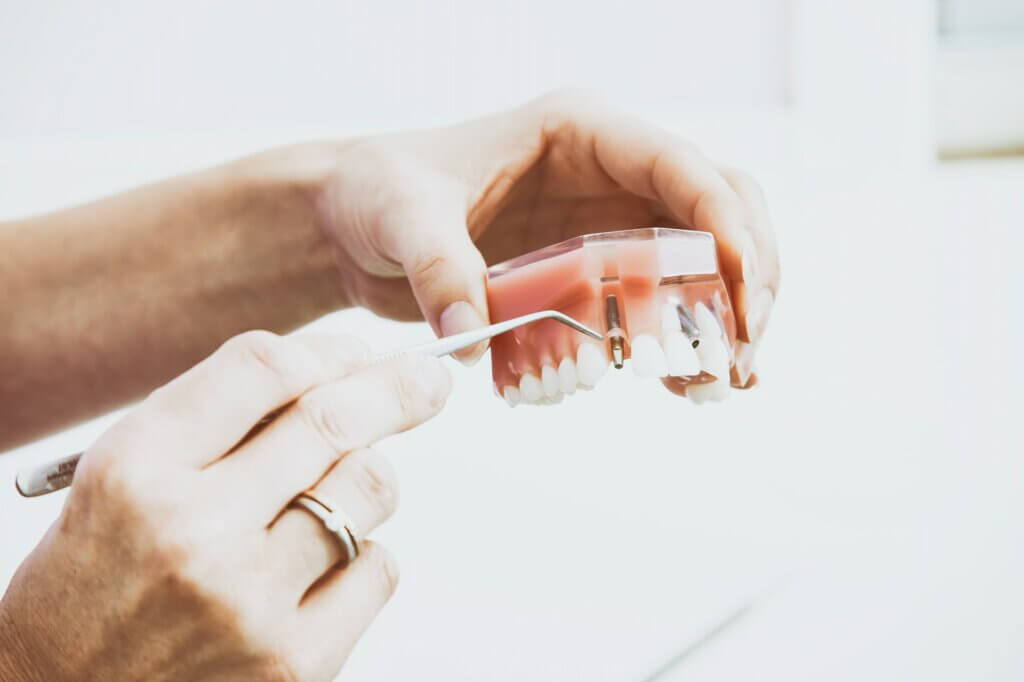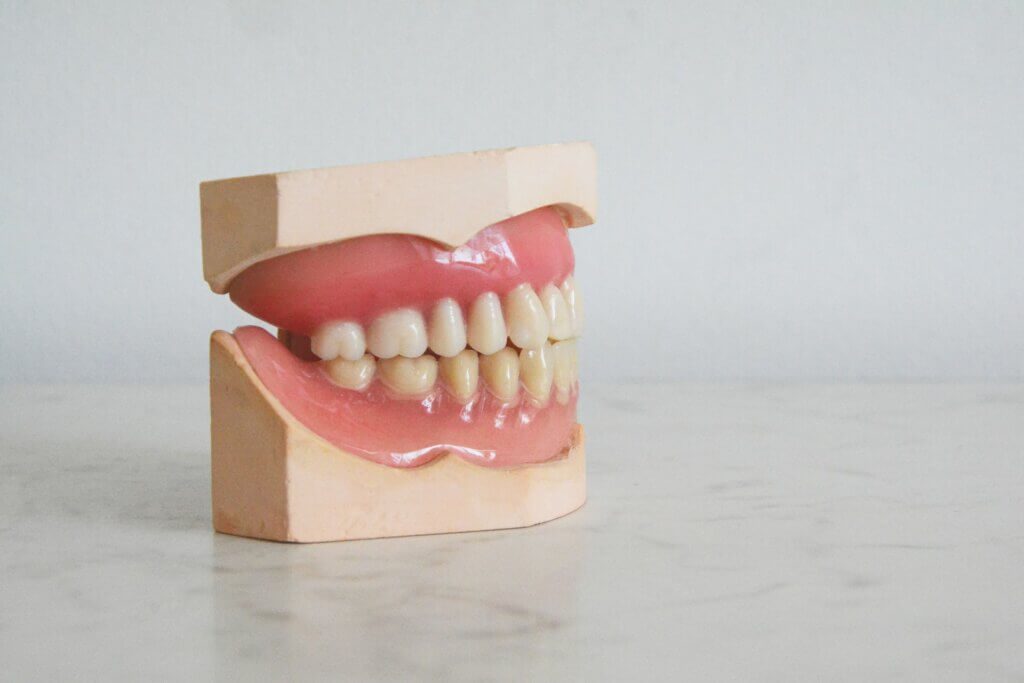Sleep apnea, according to recent studies, affects up to one billion people in the world. Indeed, 26 out of 100 people in the US aged between 30 and 70 suffer from the most common type: Obstructive Sleeping Apnea.1
This article does not replace your consultation with a health professional.
Treatment for sleep apnea usually depends on its severity and should always be prescribed and overviewed by a health professional. That being said, let's take a look at some of the things you can do to improve your sleeping quality and fight OSA.23
1. Changes in Your Lifestyle
Some easy lifestyle changes can drastically help you get a better night of sleep battling sleeping apnea. They can help solve milder cases and be part of an integrated treatment involving an apparatus for more severe cases.
2. Control Your Weight
According to the Obesity Medicine Association, up to 70% of adults suffering from OSA have obesity. In the same study, the association states that the reduction of 10% in the patients' bodyweight can help reduce up to 20% of the overall OSA symptoms. This is not only applicable to adults but also children.
3. Stop Smoking
According to a study, the risk of having OSA increases for active smokers when compared to former smokers and non-smokers. Also, a larger study showed that patients who smoke and have a mild case of obstructive sleep apnea could develop a more severe form because of this habit. Not starting to smoke is the ideal scenario. Still, in case you are a smoker, you will benefit drastically from stopping.
4. Say no to Alcohol
Alcohol has a negative effect on sleep cycles, which can be linked directly with obstructive sleeping apnea. Although it can cause a feeling of sleepiness and overall relaxation, the sleeping quality derived from alcohol consumption is very low. Furthermore, the sleeping cycles are reduced and it can lead to a fragmented night of sleep in most cases.
5. Stay away from Sleeping Pills
Sleeping pills can cause slackening or relaxation of the tissues found close to the airways in our throat. This can be linked directly to the collapse of the tissue and the airway's partial or total blockage. If you are an OSA patient, sleeping pills will not help you sleep better but will, most likely, make your condition more severe or constant, as studies show.
6. Change your Sleeping Position
If you sleep on your back, the effect of gravity over the tissue close to the airway and the tongue might push them to block the airway causing obstructive sleep apnea. Changing your sleep position is easier said than done. Some people choose commercial devices that vibrate while others use home-made techniques like sewing a tennis ball in the back of their pajama to avoid sleeping in that position.
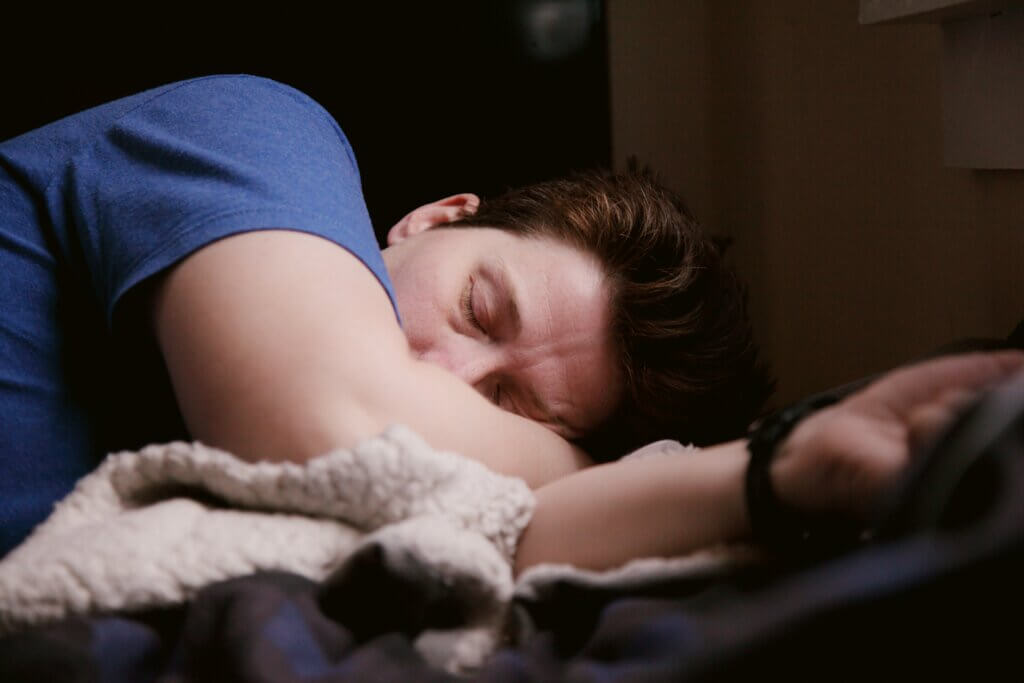
7. Exercise Regularly
Many studies relate OSA with the lack of oxygen saturation in the blood. Among many other benefits on your body, different types of exercise can help increase the oxygen flow, strengthen the heart, and reduce the impact of OSA. Among all exercise types, those focused on breathing techniques and body movements such as yoga are among the most recommended by professionals.
8. Use a Humidifier
Sleeping in a humid environment has been proven to improve sleep quality. Dry air can cause inflammation and irritation to the airways, thus, preventing clearer breathing. Using a humidifier at night can help open your airways, battle congestion, and help your body breathe more clearly. You can add a decongesting scent such as eucalyptus to it and enhance its power.
9. Sleep Apnea Devices
Science has come a long way since sleeping apneas were discovered and offers a wide array of devices to help treat it.
9.1 Try Oral Appliances
If your sleep doctor advises that your OSA is directly related to the position of your jaw and/or your tongue, you can probably solve it with oral appliances. Backed by the American Academy of Dental Sleep Medicine as effective OSA therapy, these appliances need to be made to fit you perfectly. Depending on your case, the device you use will move your lower jaw or tongue forward to prevent them from obstructing your airway.
The use of oral appliances should be prescribed and overviewed by a professional.
9.2 Positive Airway Pressure Devices
The most common treatment a sleep professional will offer an OSA patient is the use of positive airway pressure devices. What they do is keeping a steady flow of air throughout the night, avoiding apneas. Known as “the sleep apnea machine”, they usually feature a mask that attaches to the nose and a hose that connects to an apparatus that works pumping air throughout the night.
10. Surgery
The last method after you have tried all of the above is to go for surgery. Some never get used to sleeping with a CPAP machine or an oral appliance and thus choose for a long-term solution. Surgical treatments are specific to each condition. If the surgery is successful, you might be able to live a normal life without the help of any apparatus or lifestyle changes.
Conclusion
Sleeping apneas can be dangerous in many ways; you can even fall asleep at the wheel and cause an accident. Treating this condition with the seriousness, it deserves as a health issue is paramount to live a healthier, better life.
Happy (interruption-free) sleeping!
- https://www.cdc.gov/sleep/index.html[↩]
- https://jcsm.aasm.org/doi/10.5664/jcsm.7640[↩]
- https://www.mayoclinic.org/diseases-conditions/obstructive-sleep-apnea/symptoms-causes/syc-20352090[↩]

